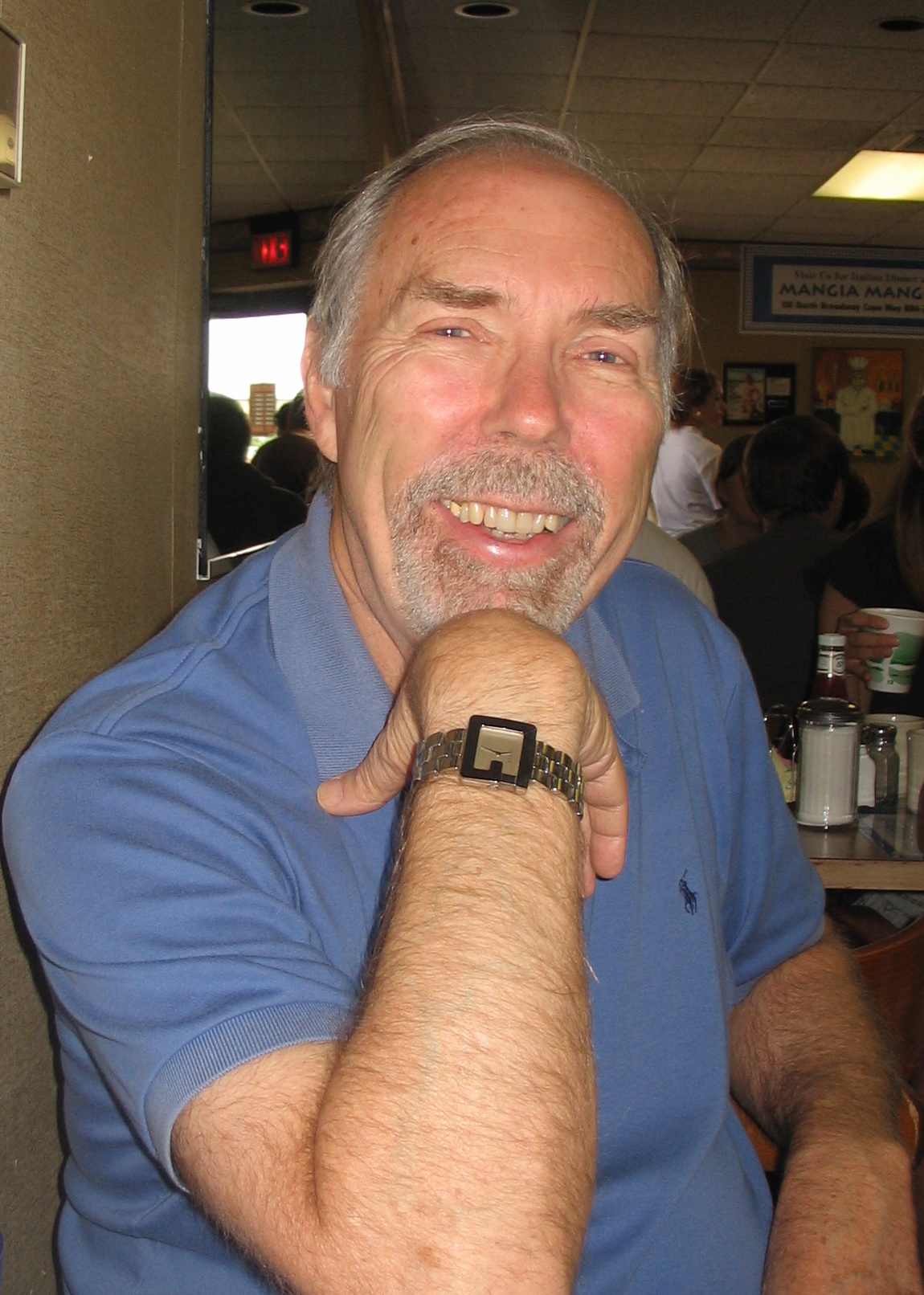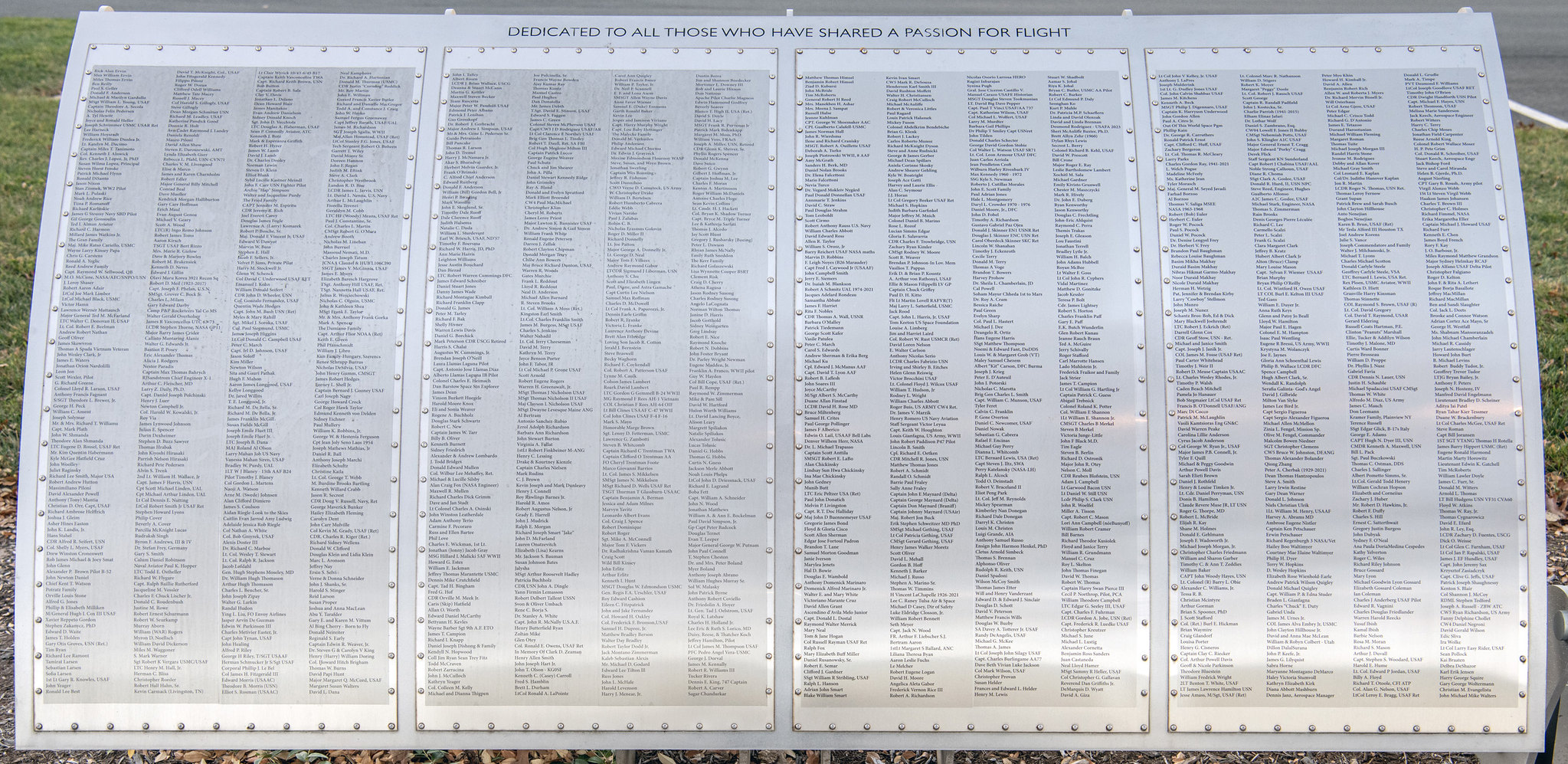Dr. Robert J. Gerbracht

Foil: 62 Panel: 2 Column: 1 Line: 12
Wall of Honor Level: Air and Space Friend
Honored by:
Sara Dudley Brown
Dr. Robert (Bob) Gerbracht began work on the Apollo program directly after completing his PhD requirements in Theoretical Physics from Caltech in January, 1965. He joined TRW/Space Technology Labs and performed the first detailed and comprehensive study of the solution space for return-to-Earth trajectories for mission abort situations from all mission phases beyond near-Earth orbit. To do this he first needed to design and build an abort trajectory generation program capable of both direct and circumlunar returns. This program needed to be fast and accurate enough to support parametric analyses to determine just what is possible at all points and mission phases of the Apollo flights, including trajectories resulting from off-nominal propulsive burns. Extensive computer runs with this program provided the data showing limits such as minimum time and minimum fuel returns, whether a direct return or a circumlunar trajectory is possible or preferable, the plane-changing and landing site selection capabilities available with the Service Module and the Lunar Module Descent engines.
Armed with this experience he became a member of the Apollo Abort Procedures team, a group of hardware, software, mission planning, trajectory, astronaut and other experts charged with planning "What to do when things go wrong". Failures of communications, onboard computer, propulsion, environmental support and other systems were considered, including multiple system failures. The use of the Lunar Module as a "LM Lifeboat" was worked out. Backup techniques and procedures were developed, and backups of backups. Even so, the Service Module failures of Apollo 13 required even more real time problem solving.
As the time for Apollo flights approached, the imposition of additional trajectory constraints and the need for faster solutions led Dr. Gerbracht to develop a follow-on cislunar abort program. With the addition of a double precision numerical integration package and an accurate propulsive burn model, this new program was selected as the backup cislunar abort program for the "back room" Auxiliary Computer Room (or Real Time Auxiliary Computer Facility, RTACF), used to independently validate the results of the maneuvers computed in the Real Time Computer Complex of the Mission Control Center. During the manned Apollo flights Dr. Gerbracht led the three teams of abort trajectory experts in manning consoles 24/7 in the RTACF in support of the flights, monitoring spacecraft health and computing pre-planned abort maneuvers transmitted to the crew for use in case of onboard communication and computer failures. The abort trajectory team supported all of the Apollo flights from Apollo 8 through Apollo 17. With relatively minor changes, the abort program was adapted to mission planning studies to determine payload limits for missions to difficult but interesting, even polar, lunar landing sites.
Dr. Gerbracht received the joint Presidential Medal of Freedom awarded to the Apollo 11 Mission Operations Team and the astronauts' own "Snoopy" award for his contribution to flight safety and mission success. His father and mother are both featured in the Business Aviation area of the Udvar-Hazy museum for their roles as the pilot and "traveling secretary" of "Smilin?€™ Thru", a Travel Air Model 6000-B recognized as the first corporate airplane in America.
Wall of Honor profiles are provided by the honoree or the donor who added their name to the Wall of Honor. The Museum cannot validate all facts contained in the profiles.
Foil: 62
All foil images coming soon.View other foils on our Wall of Honor Flickr Gallery
